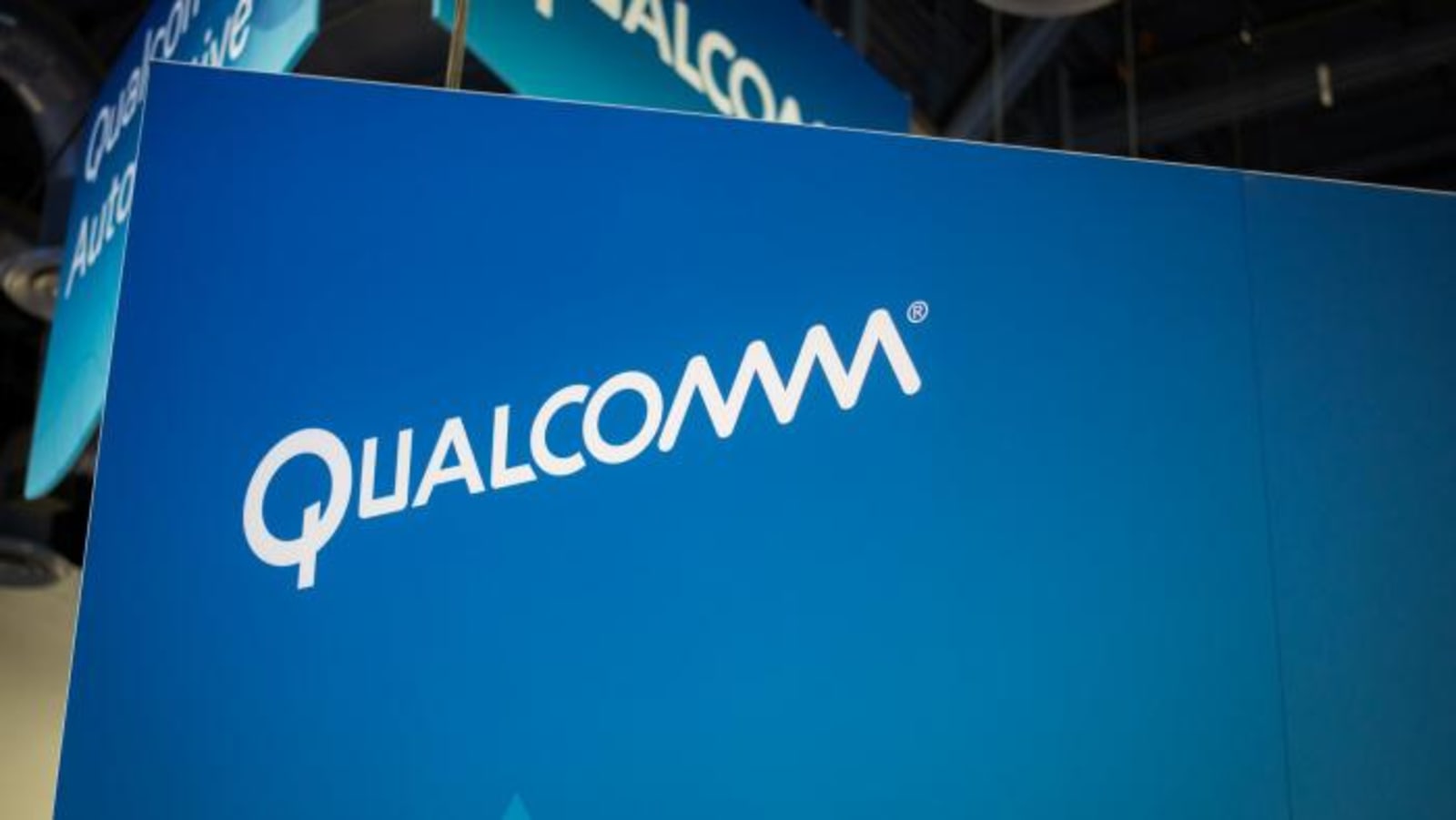
DisplayLink's been wringing all kinds of connectivity out of our computer's USB ports for years, turning one connection into many. It should come as no surprise, then, that the company's using its considerable compression expertise to send high-resolution 4K video through that very same pipe. Ideally, the system shoots video over USB 3.0, while still giving users the full connectivity options of any compatible DisplayLink device -- but it can also function using USB 2.0, though the dynamically compensating data compression at work may cause some frames to drop.
We chatted with Displaylink's Director of Marketing, Andy Davis, about the feature and he informed us that the new 4K capability comes courtesy of a chip design first revealed back at CES that, while upping the max resolution of transmitted video, has no trouble driving multiple displays. In theory,the number of 4K screens the chip can drive is only limited by the graphics drivers and video decoding capabilities of the computer it's connected to. And, the new architecture also enables wireless streaming of 4K video using 802.11ad and can stream 1080p video over 802.11ac (4K over 802.11ac is in the works). We got to see a brief demo of the technology in action, and the video played back flawlessly over USB 3.0 for the few minutes we saw it work. Using 2.0, we noticed a slight flicker once or twice during playback, but the feed was still quite watchable. All in all, its a nice addition to the DisplayLink feature set. Now if they'd just let us know when we'll actually see it implemented in something we can buy.
Filed under: Displays, Misc, HD
Comments
 Mobile chip manufacturer Qualcomm has announced a family of 60GHz WiFi chips, the QCA64x8 and QCA64x1, which can deliver speeds of over 10Gbps. The WiFi 802.11ay standard that these chips use bring with it theoretical speeds that can surpass even mos...
Mobile chip manufacturer Qualcomm has announced a family of 60GHz WiFi chips, the QCA64x8 and QCA64x1, which can deliver speeds of over 10Gbps. The WiFi 802.11ay standard that these chips use bring with it theoretical speeds that can surpass even mos...
 Mobile chip manufacturer Qualcomm has announced a family of 60GHz WiFi chips, the QCA64x8 and QCA64x1, which can deliver speeds of over 10Gbps. The WiFi 802.11ay standard that these chips use bring with it theoretical speeds that can surpass even mos...
Mobile chip manufacturer Qualcomm has announced a family of 60GHz WiFi chips, the QCA64x8 and QCA64x1, which can deliver speeds of over 10Gbps. The WiFi 802.11ay standard that these chips use bring with it theoretical speeds that can surpass even mos...
 Don't count on finding multi-gigabit WiFi in your laptop in the near future. Intel has announced that it's discontinuing virtually all of its current WiGig hardware by the end of 2017, including antennas and controllers. Instead, the focus is on us...
Don't count on finding multi-gigabit WiFi in your laptop in the near future. Intel has announced that it's discontinuing virtually all of its current WiGig hardware by the end of 2017, including antennas and controllers. Instead, the focus is on us...
 The WiFi Alliance has finally certified "WiGig," a high-speed, 60 GHz standard otherwise known as 802.11ad. Using beamforming, it can yield speeds of up to 8 Gbps, or nearly 1GB per second from a distance of up to 10 meters. As many as 180 million de...
The WiFi Alliance has finally certified "WiGig," a high-speed, 60 GHz standard otherwise known as 802.11ad. Using beamforming, it can yield speeds of up to 8 Gbps, or nearly 1GB per second from a distance of up to 10 meters. As many as 180 million de...


